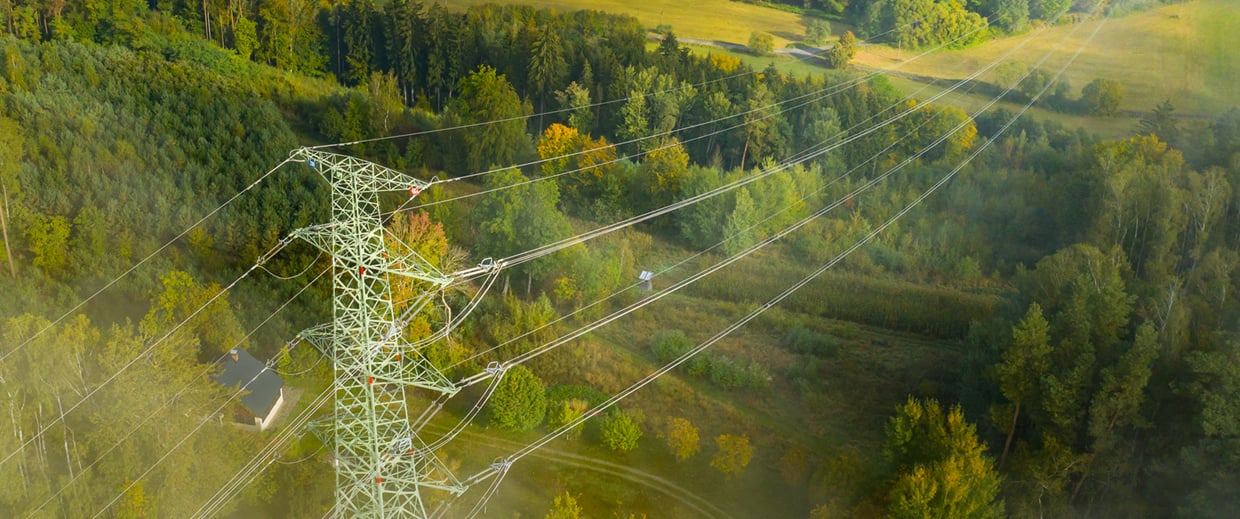CBRS, Anterix and Private Network for Utilities
Feb 16, 2024
What is CBRS?
Citizens Broadband Radio Service (CBRS) refers to the unlicensed spectrum in the United States that can be leveraged for private 5G or private LTE networks. It consists of 150 MHz of spectrum in the 3.5 GHz band. Enterprise use of private 5G/LTE is growing to augment existing Wi-Fi use cases where large area coverage, deterministic connectivity, or traffic segmentation is required. CBRS is intended for three major use-cases:
- Macro Extension providing additional wireless capacity for CSP network extensions, especially in urban areas.
- Fixed Wireless Access (FWA) for backhaul.
- Privately-owned and operated mobile networks for enterprises and utilities.
The users for this spectrum are segmented into 3 tiers: Incumbents, such as military organizations and fixed satellites; Priority Access License (PAL) which are typically carriers paying to license part of the spectrum and General Authorized Access (GAA) such as enterprises that use the spectrum, unlicensed, for private networks.
CBRS is supported by nearly all new cellular phones and the ecosystem of CBRS-compatible devices is constantly growing. Today, CBRS private mobile networks frequently rely on LTE, however, in the future, they will also support 5G. When they do, we will likely see more CBRS-type implementations in Europe as well. While the CBRS band is intended to accommodate different cellular standards, it does not address Wi-Fi, as enterprises are interested in CBRS as a way to augment, not replace, their Wi-Fi systems. CBRS provides 4-times the coverage of Wi-Fi in typical indoor environments. It is more complex – and expensive – to deploy.
What is Anterix?
Anterix (NASDAQ: ATEX), is an organization dedicated to delivering the transformative broadband needed to enable grid modernization and is the largest holder of licensed spectrum in the 900 MHz band (896-901/935-940 MHz) throughout the contiguous United States, plus Hawaii, Alaska, and Puerto Rico. Anterix is partnering with leading utilities and technology companies to harness the power of 900 MHz broadband for modernized grid solutions. Through its Active Ecosystem, Anterix offers utility-first solutions to modernize the grid and solve the challenges that utilities are facing today. It is uniquely positioned to enable private LTE solutions that support cutting-edge advanced communications capabilities for a cleaner, safer, and more secure energy future.
Anterix has seen high demand for private LTE and is specifically focused on the utility sector. It’s working with more than 40 utility and industrial users on developing architectures for private LTE and has a growing number of power, oil & gas and water utilities actively testing and deploying 900MHz-based private networks.
Private networks for the utility market
For years utilities have been deploying operational technology systems over Closed Systems Networks (CSNs), for security, safety, and operational reasons. The need to maintain closely monitored network performance with high levels of redundancy and protection, as well as assuring very low latency and jitter for mission-critical applications, drove the great majority of these organizations to heavily invest in private networks based on fiber and wireless technologies. However, the need to grow the number of connected systems and spread geographically, combined with legacy (TDM/SDH/SONET) network devices reaching End-of-Life are pushing utilities towards modernization and digitalization, adopting new technologies, such as Industrial IoT, or mission-critical IoT. As part of this on-going process new wireless private networks, based on newer technologies that ensure the broadband capabilities and strict network performance needed, are complementing, and in some cases replacing wireline networks.
As utilities are looking for future-proof solutions for reliable and secure networks, along with consolidating existing, single-purpose networks, they can find such solutions with Anterix, which provides long-term leases for spectrum in the 900 MHz band.
These two ecosystems, Anterix and CBRS, are complementary. Spectrum at 3.5 GHz is great for serving campuses and in-building uses, while 900MHz helps covering wide areas. Incremental capacity could be used in urban cores or substations, in onshore oil and gas fields, with CBRS providing a burst for more throughput if and when needed, on top of the reliability of the 900 MHz spectrum.
RAD’s SecFlow line of IoT gateways supports both CBRS and Anterix wireless technologies. In fact, SecFlow is one of the first approved devices to operate in the 900 MHz spectrum as part of the Anterix Active Ecosystem and is the first IoT gateway to support all private LTE and 5G network technologies, including Anterix and CBRS in the same modem.
Learn more about the SecFlow here.



